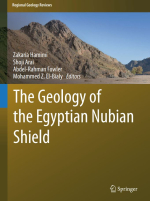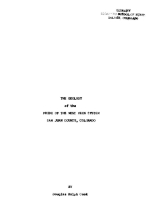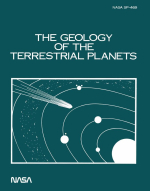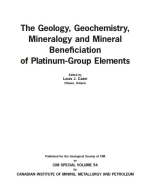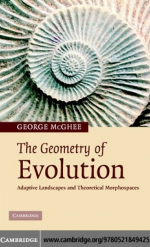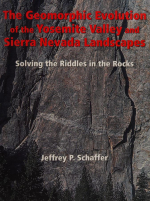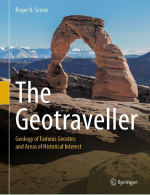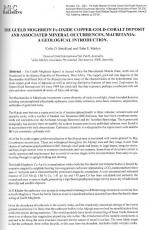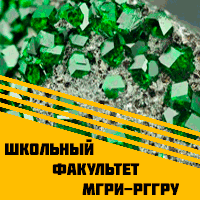The concept of the adaptive landscape is the creation of the great American geneticist Sewall Wright who, along with the equally great British scientists R. A. Fisher and J.B. S. Haldane, crafted the Neo-Darwinian synthesis of evolutionary theory in the 1930s. The metaphor of the adaptive landscape, that evolution via the process of natural selection could be visualized as a journey across adaptive hills and valleys, mountains and ravines, permeated both evolutionary biology and the philosophy of science through the succeeding years of the twentieth century. Yet critics of the adaptive landscape concept have maintained that the concept is of heuristic value only; that is, it is fine for creating conceptual models, but that you cannot actually use the concept in analysing the evolution of actual animals or plants. That criticism became invalid in the year 1966 when the palaeontologist David M. Raup used computer simulations to model hypothetical life forms that have never existed in the evolution of life on Earth, and who subsequently created the concept of the theoretical morphospace.
The focus of this book is to demonstrate to the reader the power of the adaptive landscape concept in understanding the process of evolution, and to demonstrate that the adaptive landscape concept can be put into actual analytical practice through the usage of theoretical morphospaces. The adaptive landscape concept allows us to visualize the possible effects of natural selection through simple spatial relationships, rather than complicated modelling of changing environmental or ecological conditions. For that reason, this book relies heavily on spatial graphics to convey the concepts developed within these pages, and less so on formal mathematics.
I thank the Santa Fe Institute for the invitation to visit and work on computational methods in theoretical morphology in 2000, for it was at the Santa Fe Institute that the idea of writing this book came to me in conversations with Dave Raup. I thank the Konrad Lorenz Institute for Evolution and Cognition Research for the Fellowship that enabled me to work at the institute in 2005, for it was there that I developed many of the ideas presented in Chapters 7 and 8 of this book. Finally, I thank my wife, Marae, for her patient love.


